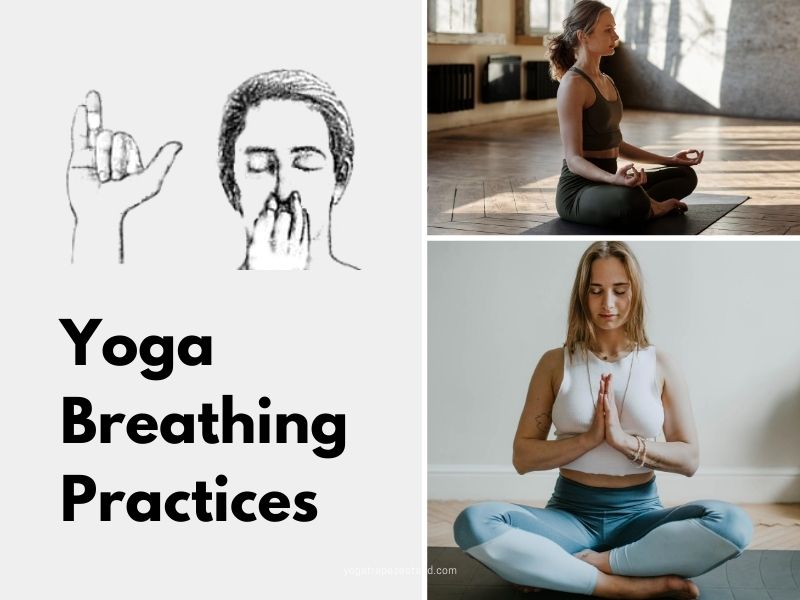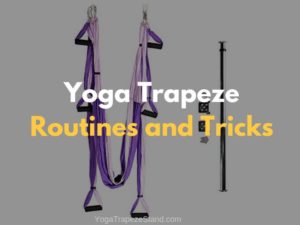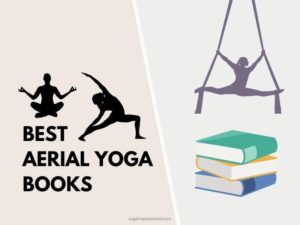People have long understood the importance of yoga. They keep trying to get as much as they can out of their limited workout routine. They alter their workout time, try eating different foods, take different yoga classes, and try different forms of yoga. One very simple thing they forget to focus on is breathing. Breathing is an integral part of any yoga exercise. Many instructors keep telling people to take their time while practicing yoga and to focus on their breathing while doing the same. Many people still fail to do so, which is why they don’t experience all the benefits of yoga.
Controlling your breathing while performing yoga means that you are fully immersed in the workout, without the same some yoga poses may not be as effective as they should be. Just knowing how important breathing is isn’t sufficient, you also need to know how to actually breathe. This is where Pranayama comes in. Pranayama is a Sanskrit word that comes from Prana, meaning life force and Ayama meaning stretching. Hence the word translates to breath control. We already know how important oxygen is for our body. Therefore it should not be of any surprise that practicing controlled breathing is extremely beneficial for our bodies and if done properly can eliminate stress, mental blockages and lead to overall mental health.
Before starting Pranayama, you need to be aware of your current state. Start by taking note of where you are with your breathing currently and then move from there. Once you know where you stand, you can then move on to practice other breathing exercises
Here are the best yoga breathing exercises and how to perform them
1. Ujjayi
The word Ujjayi means victorious and it is a common breathing practice. This exercise helps to work on the lungs and opens them up. With this exercise, the aim is to constrict our throats and make a sound similar to the ones waves make while they touch the shore. This is why Ujjayi is also called ocean breath. The main aim of this exercise is to calm our bodies down.
How to practice Ujjayi- Close your lips and try to breathe in through your nose slowly. While you inhale, feel the air passing through your windpipe. Once you have reached the top of your breath, pause for a second then start exhaling through your mouth. Gently constrict the back of your throat like you are whispering and let the air out. You should be making the sound “ah” while you exhale. Also, make sure that you inhale and exhale for longer than your normal breath.
2. Kapalabhati
This is a great breathing exercise that you can try in the morning. It helps recover from the previous night’s sleep and also gives you energy. In Kapalabhati, you do a passive inhale and then a forceful exhale. It is also great for improving blood circulation and awakening your body in the morning. Kapalabhati provides you with improved focus.
How to practice Kapalabhati- Sit in a comfortable position and then slowly take a deep inhalation. Expand the chest while you are inhaling. Follow this with exhalations using forceful contractions of the abdominal muscle. Continue doing this by exhaling actively and inhaling passively. Continue this for 20-25 times and then take a normal breath.
3. Kumbhaka
This is a breath retention pranayama. Kumbhaka is a state between inhales and exhales where no breath is taken in or let out. Practicing kumbhaka relaxes our mind, it gives the brain extraordinary strength and energy to function. It is a great practice that can help in releasing stress. The pause between breaths is so quick that we don’t even stop and notice it, kumbhaka helps your body breathe slowly and take breaks in between breaths which helps you tap into your mind and calm it down.
How to practice Kumbhaka- Start by taking a few long inhales and exhales. Pay attention to your breaths and try to control them. Once you are ready, start by inhaling and inflate your lungs; now hold your breath for ten seconds and then slowly exhale the air through your nose.
4. Lion’s Breath
Practicing Lion’s Breath may look silly at first but trust us this practice is really helpful for your body. The pranayama requires you to open your mouth and stick out your tongue while you exhale; like a lion would do. This is usually done between poses and can help you relax and cool your body down between difficult poses. It will also release any tension that may have built up from other yoga poses.
How to practice Lion’s Breath- Sit in a comfortable virasana position with your palms on your thighs facing down and your spine straight. Start by inhaling air through your nose and exhale through your mouth with your tongue sticking out and make a ‘haaa’ sound. Keep your eyes closed while you inhale and look up to the third eye center of your forehead while you exhale. You can also spread your palms out while exhaling. Repeat this for 4-5 times and make sure both your exhales and inhales are equally long.
5. Bhastrika
The practice of Bhastrika helps to stimulate your third chakra. It generates energy throughout your body. It acts like an exercise for your lungs and can even replace your morning coffee if done right. Bhastrika should be done in the morning when you wake up and it will help sync your body, mind and spirit together.
How to practice Bhastrika- Sit in a comfortable position. Close your eyes, and start breathing in through your nose. Breathe in for a long time and then hold your breath for a second when you reach the top of your breath. After this, slowly breathe out. Make sure your exhales and inhales are equally strong. Once you get used to this, you can start increasing the intensity of your inhales and exhales.
6. Nadi Shodhana
Also known as alternate nostril breathing, Nadi Shodhana is practiced by breathing through one nostril at a time. Nadi Shodhana means purifying the channel for the breath to flow through. It’s perfect for people who are under stress and for the ones who have trouble breathing. You can use this as a practice to be done before meditation that can calm your mind and give you a clear start.
How to practice Nadi Shodhana- Sit in a comfortable position and let your left hand relax. Use your right hand for the practice and bring it closer to your nose. Put your index finger and middle finger on your forehead, let it stay there for the entire practice. Now put your thumb on your right nostril and close it. Start by steadily breathing in through your left nostril and then hold your breath for a second. Now close your left nostril using your ring finger and breathe out through your right side. Once again breathe in through the same side(inhale through right) and then exhale through your left side. Keep repeating these steps for a few minutes.
7. Sitali
This breathing practice helps cool down your body. It works great if you are worked up or feeling too hot. It also helps in improving mood, fevers and lower high blood pressure.
How to practice Sitali- Open your mouth and stick your tongue out just a little. Curl your tongue to form a taco like shape. Inhale air through your tongue while keeping it in the same curl and then slowly exhale through your nose. Close your mouth before you exhale the air and make sure to pause for a second before every inhale and exhale. You will notice that the air you inhale feels cooler when it goes through your tongue.
While all these breathing practices are extremely important, they provide different benefits to your body. Hence, these can be used under different circumstances where some help to release stress others help to cool down and some help in energizing the body. In order to focus on your breath, it is also important to know how to breathe correctly during different poses. While bending forward requires you to exhale, exercises that require opening up the chest needs you to inhale. It is important to remember to inhale and exhale correctly as you practice different poses as this improves the effectiveness of your workout. Breathing is not some isolated practice, it is something that needs to be implemented with all yoga exercises correctly.




